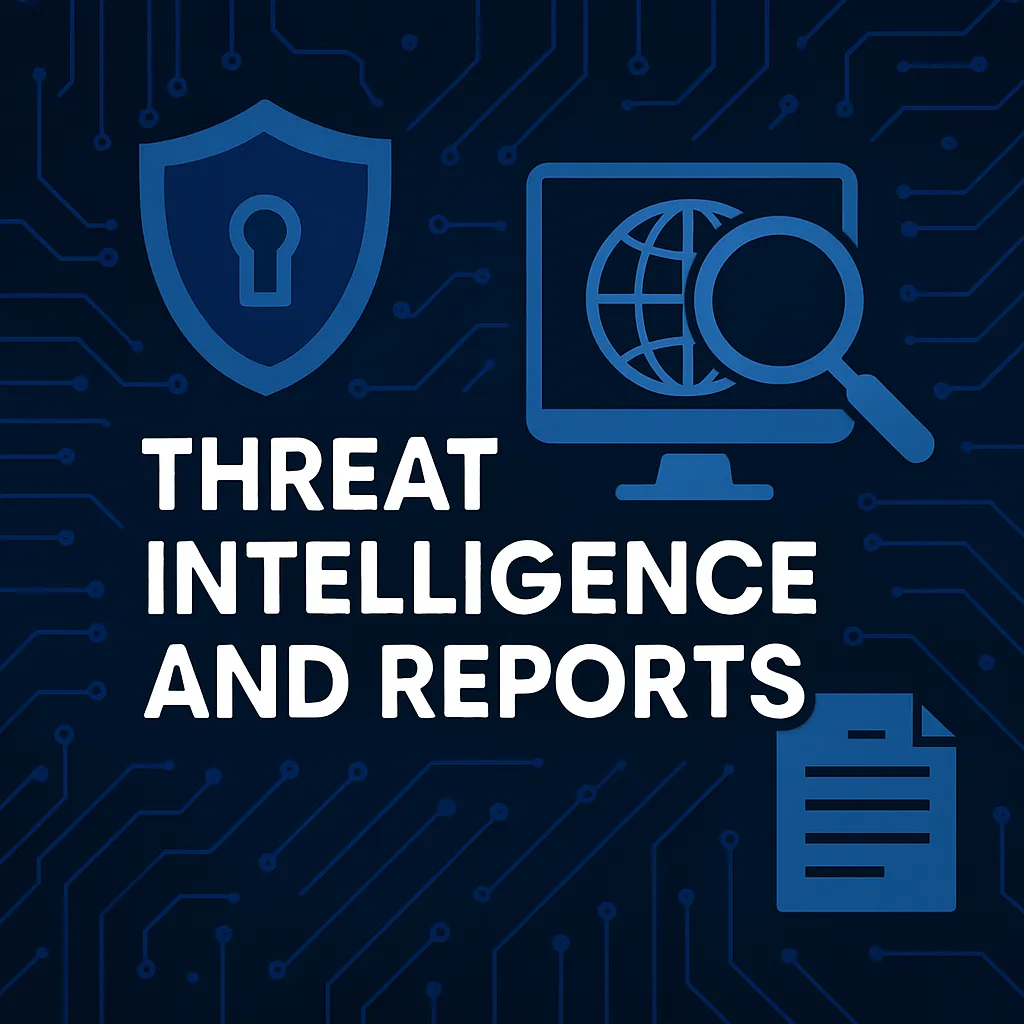Introduction to Cyber Threat Intelligence
Cybersecurity is an ever-evolving field, with new threats and challenges arising almost daily. Cyber Threat Intelligence (CTI) is a critical tool that helps organizations identify, assess, and respond to these threats effectively. But what exactly is CTI? Simply put, it involves collecting and analyzing information about potential or current attacks that threaten the security of an organization's information assets.
The Rise of Ransomware
Ransomware attacks have been on the rise, demonstrating remarkable resilience even as law enforcement takes down major networks. According to a 2025 report by Symantec, despite major crackdowns, ransomware remains a dominant form of cybercrime. (Source: Symantec Enterprise Blogs) This highlights the critical need for robust cybersecurity defenses and proactive threat intelligence.
Global Threats: Focus on Russia-Aligned Cyber Activities
In a recent revelation, multiple Russia-aligned threat actors have been reported to be actively targeting Western services. This was highlighted during attacks on secure communication services, as noted by Google's Threat Intelligence in 2025. (Source: Google Threat Intelligence) These insights are crucial for countries and corporations aiming to safeguard their critical data and communications infrastructure.
Challenges in Implementing Cyber Threat Intelligence
While CTI is invaluable, implementing it is not without its challenges. As indicated in a 2019 analysis, leveraging CTI effectively requires significant organizational maturity and investment beyond just acquiring threat data. (Source: Apple News) Organizations must develop the capability to analyze and interpret the data correctly to respond aptly to security threats.
Innovative Solutions: Crowd-Powered Security
New technologies and platforms are emerging that utilize the power of the crowd to enhance security measures. One such platform is CrowdSec which uses crowd-sourced data to lower security alert volumes by up to 80%, effectively reducing alert fatigue while focusing on genuine threats. (Source: CrowdSec) This kind of innovation is helping reshape the security landscape by providing more dynamic and responsive solutions.
Conclusion and Takeaways
Understanding and implementing cyber threat intelligence is crucial in the modern digital age. As threats evolve, so too must our approaches to security. For businesses and individuals alike, investing in robust CTI capabilities is not just advisable; it's imperative. By staying informed and prepared, we can ensure our digital assets remain protected against the increasingly sophisticated threats of the digital world.
